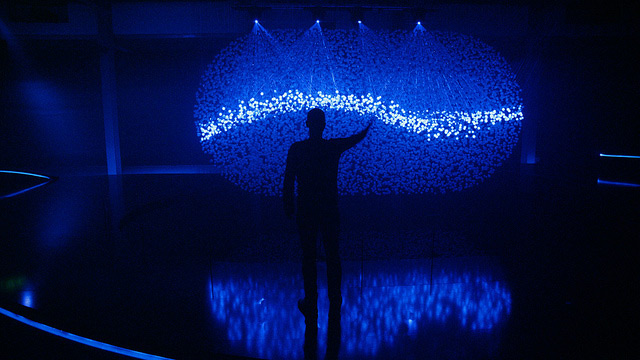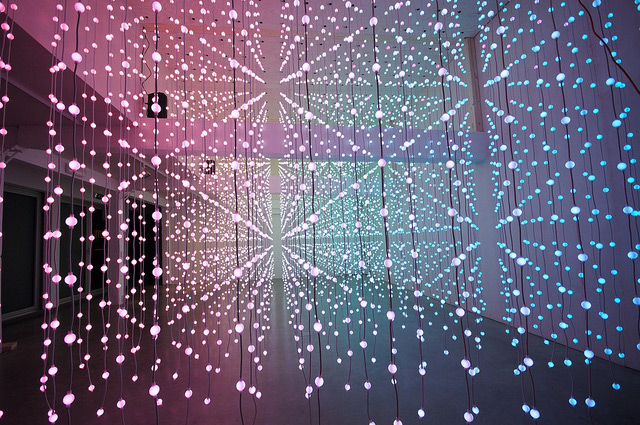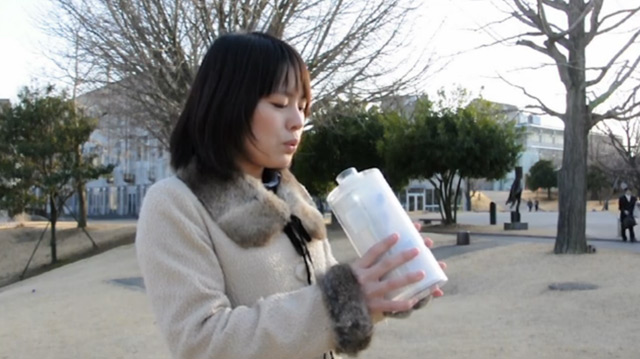As technologies develop, the interaction and interplay between the physical world and the digital world become more enmeshed. Certainly, this is an area of continual development and exploration in exhibition design – in particular in dealing with what has traditionally been 2D graphics. Recently there has been a proliferation of moving away from physically printed panels to providing digital touch panels that take advantage of what the digital medium can provide.
A twist that suggests a different approach, or one that offers interesting differences, is the new system generated by Fujitsu Laboratories , which is an augmented reality user interface.
How this might be used in an exhibit/exhibition medium is a fascinating thought. Rather than incorporating a light-emitting screen, one could still create physical graphics that have a hidden overlay of depth or could be sampled to a “digital scrapbook” without the need for any screen. In addition, the idea of other printed material, of physically built material, or even artifacts having direct interplay with such a system is exciting to contemplate. From a design perspective,
what is nice about this approach is the clarity and simplicity of the interface and the design, as well as the invisibility of the technology with the physical object.
Finally, it also turns around the whole augmented reality approach. Rather than the added information requiring viewing on a digital device, it instead becomes part of the very physical object one is manipulating.




